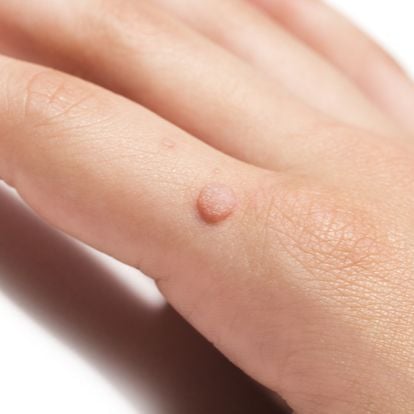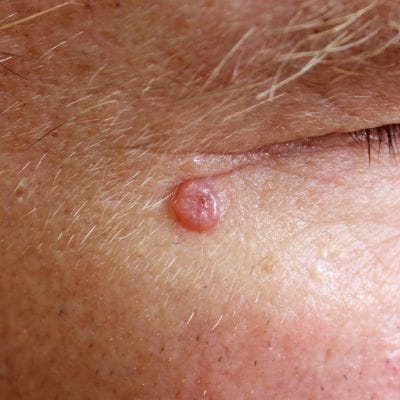Scleroderma
Autoimmune diseases can also cause skin diseases, such as Scleroderma. While it is rare for this to occur, it can affect people who have a family history of suffering from such autoimmune diseases.
What is Scleroderma?
Scleroderma is also known as systemic sclerosis, a collection of rare diseases that make skin harden and tighten. There are different categories of Scleroderma, which are limited or diffuse. The two types are dependent on the degree of skin involvement. The two types of categories can involve vascular issues and organ problems. There is also a version of localized Scleroderma that only affects the skin.
Scleroderma causes an autoimmune response that destroys your body’s healthy tissues because the immune system thinks the tissue is a foreign object or infection. This disease typically affects people between the ages of 30 to 50, but it is also known to affect people of all ages. Women generally are the ones to suffer from this disease.
The main reason why Scleroderma forms in the body are because of the overproduction of collagen. The cause of this overproduction is currently unknown. Genetics typically factor in whether somebody will be at high risk for getting Scleroderma. There are higher incidence rates of the disease affecting parents, children, and siblings.
Symptoms of Scleroderma
The symptoms of Scleroderma vary from person to person. Symptoms can also depend on the area of the body that is affected. The initial parts of the body that are affected are the hands, feet, face, and fingers. Systemic sclerosis is considered an autoimmune deficiency that affects the growth of connective tissues. The critical function of connective tissue is that it gives your muscles and tissues shape and strength. When somebody suffers from systemic sclerosis, the tissue becomes thick and stiff, leading to pain and swelling.
It is also common for people suffering from Scleroderma to experience cramps, bloating, constipation, and diarrhea. This autoimmune disease can also affect organ functions as the lungs, heart, and kidneys. In more severe cases, it can lead to life-threatening symptoms.
How is Scleroderma Diagnosed?
There are no single tests that your doctor or dermatologist can perform on you to determine if you have Scleroderma. Your doctor will ask for your medical history, symptoms, and family history. The doctor can also request lab tests to be performed and a complete physical exam.
Common Treatments for Scleroderma
Scleroderma can’t be cured, but the symptoms impacting the skin can be treated. The treatment can also slow the spread of the disease.
For treating the symptoms, your dermatologist can recommend certain medications including:
- Methotrexate
- Corticosteroids are taken orally
- Medicine used to treat malaria
- Mycophenolate mofetil
- D-penicillamine
Learn more about this condition and treatment options by consulting with your dermatologist.






